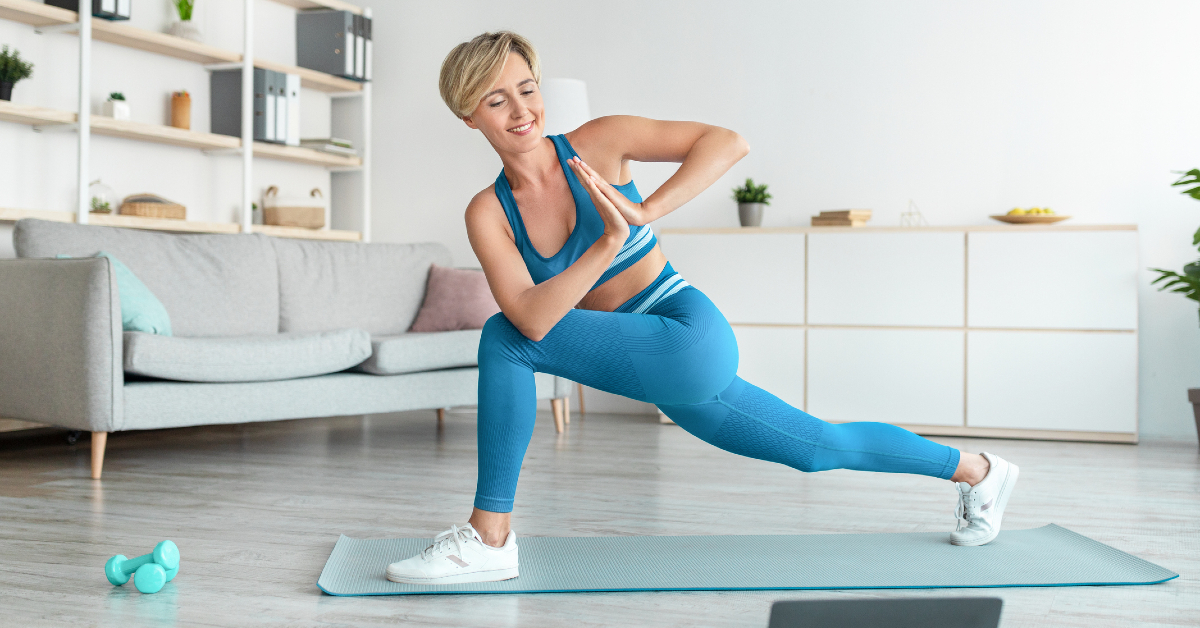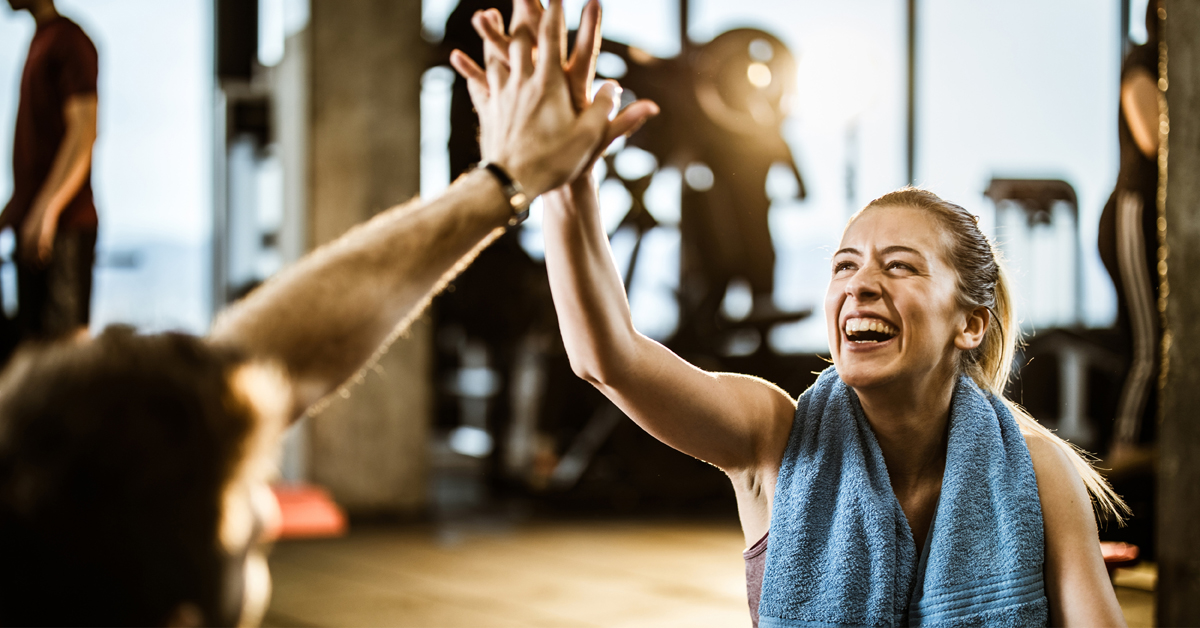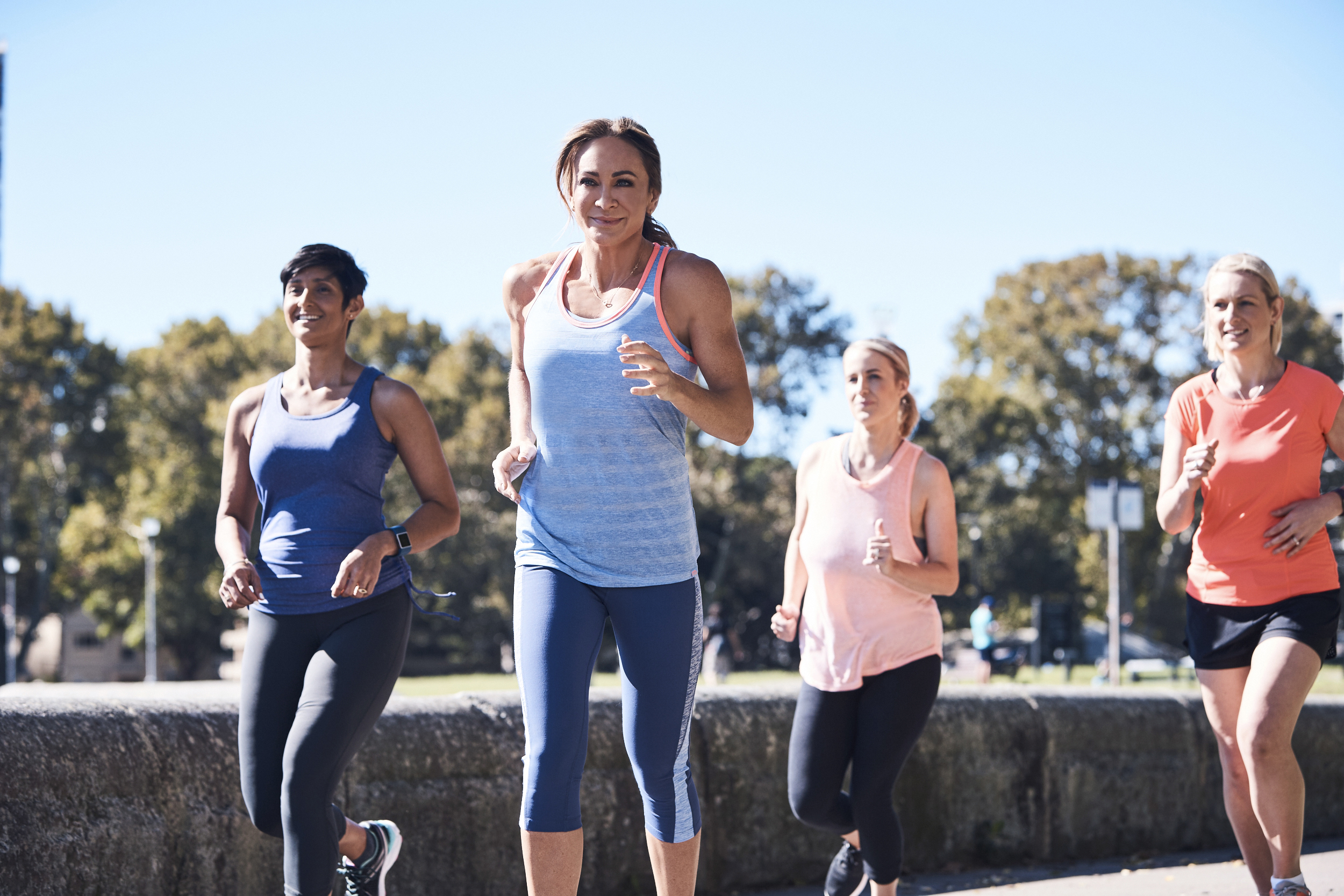Starting a new training regime, changing up your current program or changes to intensity are just a few things that can encourage sore muscles, or DOMS (delayed onset muscle soreness) as it’s commonly known.
Yes, this can indeed have you question why you thought it was a good idea to push yourself – but if this is you, we hear you! Please don’t worry and read on for some tips to ease the symptoms.
1. Warm-up!
A good warm up ahead of a workout starts circulation and prepares the muscles for work with oxygen and blood flow.
2. Stretching and cool-down
Don’t skip a cooling down period at the end of your workout and spend some time stretching and lengthening those muscles back to their origin.
3. Foam rolling
Using this technique to break up knots within the muscles can help to ease them back from their shortened state. It aids in calming tight fascia ( connective tissue ) and promotes muscle recovery.
4. Massage
Much as in the same way that foam rolling helps to relieve the symptoms of DOMS, massage can help with this too by flushing out the muscles and increasing blood flow to the area.
5. Water
Staying on top of your water levels helps to remove toxins and prevents cramping and dehydration, which can make muscle soreness even more painful.
6. Move it
It may seem counter intuitive to do much whilst you’re sore, but gently encouraging some light activity or simply moving can help soften the severity of the soreness by bringing blood flow into the area.
Also read: How Long Does it Take to ‘Lose’ Your Fitness?
7. Sleep
This can be very overlooked and an essential part of muscle recovery.
8. Heat and baths
Having an Epsom salt bath is a great way to support muscle recovery, as the minerals in the solution can be absorbed through the skin.
Alternating between hot and cold water immersion can help to soothe sore muscles, as the blood vessels expand and contract which flushes out excess fluid.
9. Food antioxidants
Great nutrition is key when it comes to giving your body adequate support for post workout recovery.
Foods rich in anti-oxidants are fantastic and combined with a sensible amount of protein and carbs as part of a structured approach, this helps to prevent the degree of soreness occurring and easies the intensity of it while present.
10. Compression
Wearing compression clothing can help to push deoxygenated blood out of the muscles and invite new oxygenated blood in with increased blood flow.
This may not be effective for everyone, but at best, it can stop those muscles from jiggling quite so much while they are recovering and this really can make a difference!








